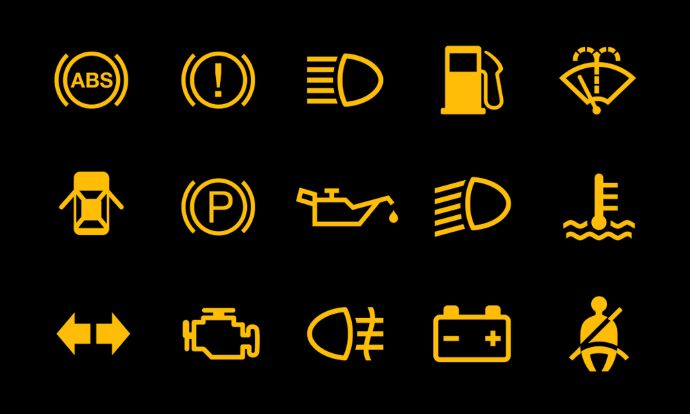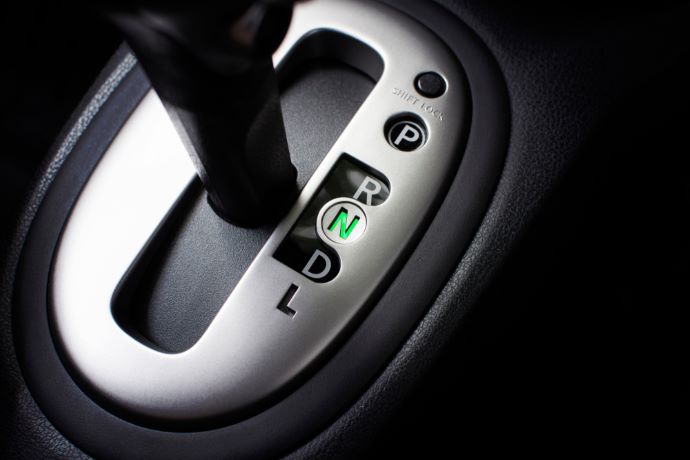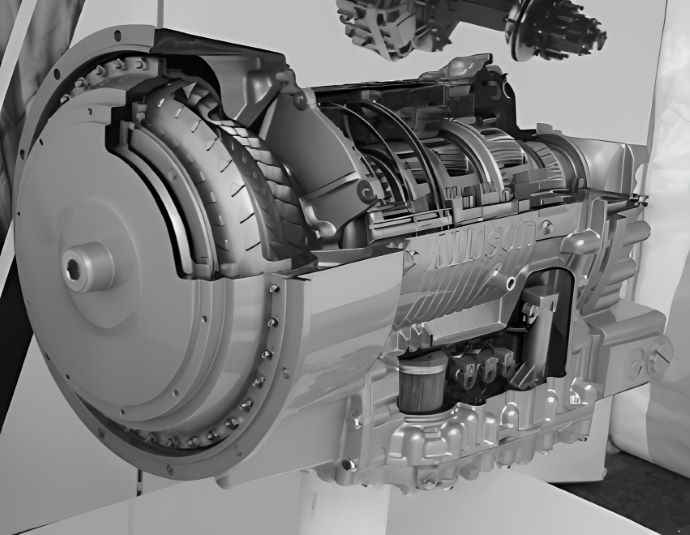Transmissions are crucial for ensuring the driver’s and engine’s smooth operation.
In this sense, Allison is the largest and most reputed transmission manufacturing company in the USA that provides a smooth driving experience for users.
The Allison transmission is famous and reliable but goes out with time due to wear and tear.
When an Allison transmission starts failing, it shows a few signs that must be considered seriously.
Initially, many drivers ignore the signs, but soon this becomes a severe problem.
As a cautious driver, you want to know the signs of transmission failure, so this article is for you.
In this article, I have discussed the most common signs of Allison transmission going out and solutions to them.
Signs of Allison Transmission Going Out | 06 Signs of Solution
There are 06 most common signs of Allison transmission going out, including leaking fluid, slow response, grinding or clunking from the system, warning lights, unusual sounds, and burning smell.
Let’s discuss them in detail.
Sign 01: Leaking Fluid

Leaking fluid is the most common and major sign of Allison’s transmission failing.
It is easy to identify leaking transmission fluid.
Transmission fluid lubricates the entire transmission and prevents overheating by reducing friction among the transmission parts.
It helps in gear engagement by acting as a hydraulic fluid.
Transmission fluid leaks result in the vehicle running on low fluid, and you will experience transmission slipping, delayed response, and other transmission problems.
The presence of red fluid beneath your vehicle indicates a leak in the transmission.
The transmission fluid becomes excessively dark or dark brown sometimes.
In both cases, you must resolve the issue to avoid further problems.
Solution
When you find fluid leaking from the transmission, immediately take your vehicle to a mechanical shop for diagnosis.
A mechanic can fix leaks by identifying where they are.
If your transmission fluid seems excessively black or dark brown, the fluid might be old enough, or there is an internal problem with your vehicle.
If that happens, then your repair costs will rise.
For typical issues, the transmission repair cost is around $160 to $190, but if there is a severe problem, it may cost you $1,000 or more.
I recommend changing transmission fluid every 40,000 to 60,000 miles.
Your transmission will remain healthy if you change fluids on time.
Sign 02: Slow Response

If your Allison transmission takes longer than usual to respond, it’s a sign that it’s failing.
Transmission’s slow response is commonly referred to as delayed shifting.
You shouldn’t ignore this sign because it is related to driving safety.
Your vehicle may get into an accident if you don’t control it timely.
So, when you experience a slow response, slow down your vehicle and take it to a repair shop.
The following 6 issues can cause slow transmission response:
- Transmission overheating
- Blocked gear filter
- Faulty torque converter
- Sticking of valves
- Poor maintenance and
- High mileage
Any of these issues can cause transmission delay shifting.
Solution
The causes responsible for transmission’s delay shifting are already mentioned above.
If you want to solve the transmission’s slow response immediately, you should take your vehicle to a professional mechanic.
I want to share some tips with you to avoid the transmission’s slow response problem:
- Always check your transmission fluid level and quality;
- If the transmission fluid level is low, identify the reason why the fluid level has been low and fill it;
- If the quality of the transmission fluid is bad, change the transmission fluid;
- Avoid revving the engine;
- Inspect the transmission filters during routine maintenance.
These steps will keep you updated about the transmission’s condition and allow you to prevent transmission problems in the future.
Sign 03: Grinding or Clunking Noise from the System
A failing automatic transmission causes hesitation when you are shifting gears.
It is also known as slipping gears.
While driving, if you hear a grinding or clunking noise, it indicates something is wrong with the transmission.
This is a serious issue that needs to be taken seriously.
This noise means components are engaging with themselves, which may cause severe damage to the components.
Sometimes you may experience the vehicle shaking while shifting gears.
Grinding or clunking noises and shaking while changing gears indicate a failing transmission.
Solution
If your vehicle shakes while shifting gears, open the hood and examine the engine compartment with the naked eye.
Sometimes, the engine or transmission loosens its mounts which causes vibration and shaking while shifting gears.
The mounts attach the engine and transmission to the vehicle’s infrastructure, so tightening the mounts may solve the problem.
On the other hand, if the problem remains, the vehicle will require further repair.
Sign 04: Warning Lights

The warning lights on your vehicle alert you early if the ECU (Electrical Control Unit) detects any issue with any parts.
The vehicles are equipped with sensors installed at crucial points.
So, if anything goes wrong, sensors detect it even if driving conditions are good.
Then the sensor sends data to the ECU, and the ECU responds by illuminating warning lights.
These warning lights should not be ignored. Specially check engine and transmission warning lights.
Solution
Generally, 3 types of lights appear on a vehicle’s instrument cluster: Green, Yellow, and Red.
Green means everything is functioning properly, Yellow means you need to take a look at the specific component, and Red requires immediate action.
There are different ways of resetting warning lights, but once the system detects a problem, resetting may not be a solid solution.
So, you should use an OBD2 scanner to scan faulty codes and then take action based on the code.
Or, you can take your vehicle to a qualified mechanical shop for proper treatment.
Sign 05: Noisiness in Neutral Position

Noisiness in the neutral position is also a sign of transmission failure when it’s too noisy in the neutral position.
You should check your engine and transmission if you notice bumping or a loud noise in the neutral position of your vehicle.
Solution
Most of the time, these problems are caused by a low level of transmission fluid or the wrong type of fluid.
If the low fluid level is causing noise in the neutral position, give the required amount of transmission fluid.
Change the fluid if it is not suitable for your transmission or if it is dirty.
Sometimes broken gears or bearing teeth cause the problem, which requires replacement.
Sign 06: Burning Smell

Burning smell isn’t a direct indication of transmission trouble, but it is a sign.
If you don’t change the transmission fluid after more than 100,000 miles of driving, the problem usually occurs.
There may not be any leaking issue, but the burnt fluid badly affects your transmission and other related components.
Solution
You must replace the transmission fluid with a premium one.
Additionally, you should take your car to a mechanic to see if there is any other problem.
FAQs
How to check your transmission fluid?
The most accurate time to check the transmission fluid is when the engine is warm.
You will get the actual value as the fluid expands at high temperatures.
Otherwise, the fluid level is typically low when the engine is cold.
So, when the engine is warm up, follow the following steps to check the transmission fluid level:
- Remove the dipstick
- Clean it
- Now, put the dipstick slowly in the fluid tank.
- Then again, remove it and check the fluid level.
You can easily check the fluid level in that way.
What happens if transmission goes out while driving?
Generally, if the transmission goes out while driving, you may experience the transmission going neutral or won’t be shifted to gear.
While changing gears, the engine stalls or surges.
Will a failing transmission throw a code?
Yes, when a transmission fails, the ECU triggers warning lights on the instrument cluster.
If you scan the vehicle by using an OBD2 scanner, you may find the following transmission-related codes:
- P0218: Overheating Transmission
- P0700: Malfunction in the Transmission Control system
- P0613: Issues in Transmission Control Module
- P0706: Sensor Circuit for Transmission Range
- P0614: Incompatible ECM/TCM.
Final Thoughts
With this article, I hope you got a complete understanding of the signs of transmission going out.
After having any of the mentioned signs, take the necessary steps as soon as possible.
You should consult with a professional mechanic if your transmission starts malfunctioning.
Want to explore more about Allison transmission? See these articles:

